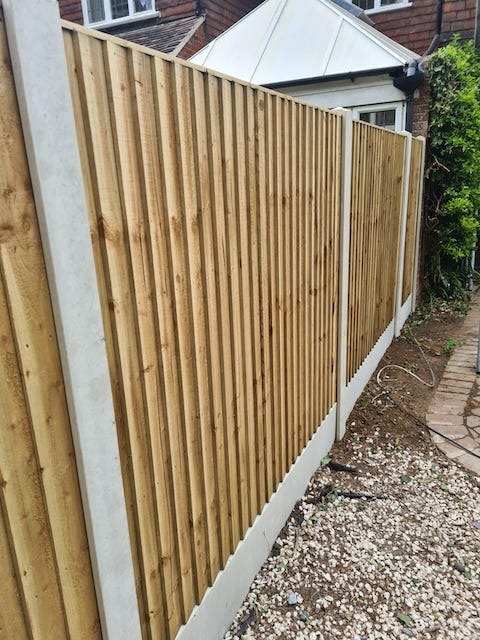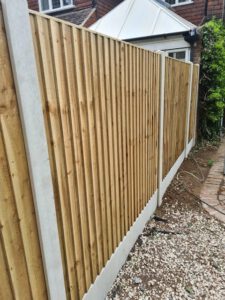The Basics of Fencing Installation

There are many steps that go into Pro Angle Fencing Summerville installation. The first step is to contact an estimator. The estimator will tell the office, scheduler, and crew what the customer wants, and they will build it. In the end, the customer will see the finished product, but it isn’t always what the customer imagined.
There is a range of equipment you’ll need to install a fence. For example, you’ll need a measuring tape to measure the height of the fence posts and a string to help you delineate the fencing’s overall layout. Then you’ll need a power saw or a hacksaw to make the necessary cuts. Work gloves are also essential for this job.
A cable puller is also a must-have tool for fencing. Its cable can lift over 4,000 pounds and is a versatile tool. You can use it to pull, stretch, and even lower fence boards. Using this tool will make the job faster and more accurate. And you can even use it to line up your pickets with each other!
A post-hole digger is another essential piece of equipment. It’s essential for the installation of a fence. It allows you to dig the post holes to the right depth. These tools come with a handy ruler and can help you mark the depth of the post holes. A shovel is also a necessary piece of equipment for fence installation.
If you’re installing a T-bar fence, you’ll need a post-pounder. This piece of equipment consists of a heavy steel pipe with handles. These tools are very useful for installing fences and are an excellent workout for your back. Also, you’ll need a tamping tool to make sure the hole is properly prepared. This tool has a chisel-pointed end and a flat end for leveling the soil around the posts. After you’ve positioned your posts, you’ll need to tamp the soil around them to avoid tensioning the fence and causing damage to your property.
The next piece of equipment that you’ll need is a tape measure. This handy tool is a great tool for installing fences quickly and accurately. It’s easy to carry and can clip to your tool belt. It measures up to 25 feet, which is perfect for putting up fences. You can also use a measuring board, which will help you mark your posts with accurate distances.
There are different types of fences, and each one has different advantages and disadvantages. The material used to build a fence can significantly affect the appearance of your property, the costs involved in its maintenance, and its lifespan. Wooden fences are a popular choice for homeowners because of their beautiful natural look. However, wood is not very durable and will eventually warp or break.
Fences have been around for centuries. The first types of fences were made of stone and wood. However, they eventually developed to include barbed wire in the late nineteenth century, primarily for livestock and predator control. Barbed wire fences were also used for clearly marking property lines. After the Second World War, the industrial production process changed. The war created a shortage of aluminum, resulting in the development of PVC as a plastic alternative.
Another type of fence is a composite fence. Composite fencing is made from recycled materials and is not required to be painted. The composite material is durable and requires little maintenance. It’s also environmentally friendly because 95 percent of the materials used are recycled. Some composite materials include wood flour, rice hulls, and plastic containers. Composite fences also use traditional fasteners to assemble them. The downside of composite fences is that they’re not as durable as wooden fences and are susceptible to staining and fading.
If you’re working on a budget, it’s best to start small and go for a simpler fence. Eventually, you can work your way up to a more elaborate fence. Until then, your main goal should be to secure your property and mark its boundaries.
If you’re planning on installing a new fence around your property, you need to know how much fence you need before you start. It’s important to take into account the width of the panels and the height of the top wire in order to ensure the fence will be tall enough. Also, keep in mind the number of panels you’ll need to complete the project, and don’t forget to measure the distance between posts.
For fences that span 200 feet or less, a single-span end construction works best. For fences that are longer than that, a double-span brace post assembly should be used. The brace assembly needs to be set in concrete anchors that are 20 inches square and 3.5 feet deep.
